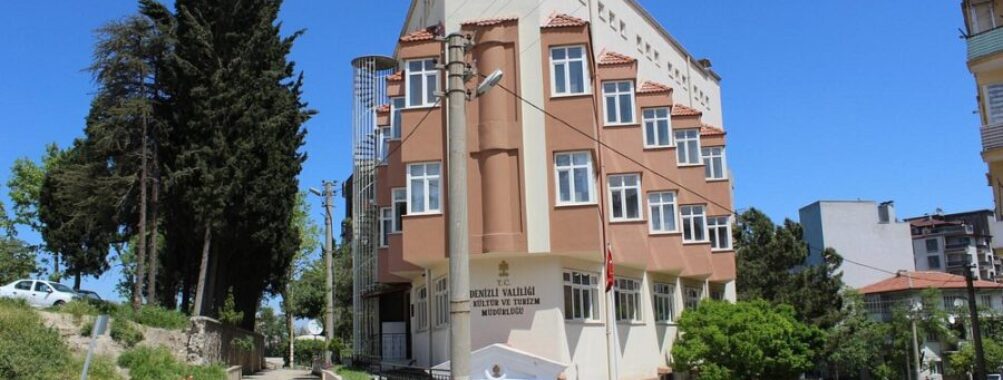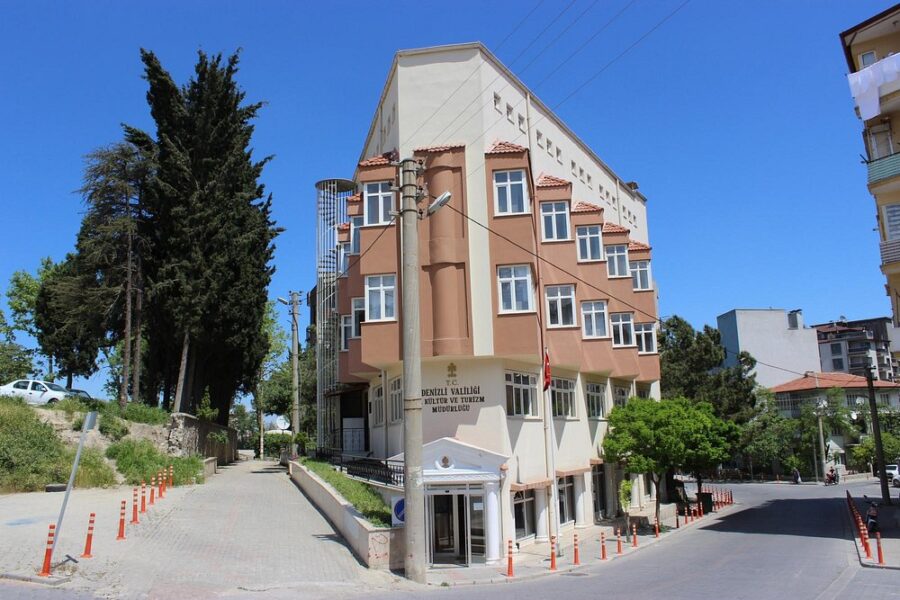
Ataturk House & Ethnography Museum
Table of Contents
History and Significance

You will find, in the heart of Şanlıurfa, a place where the past doesn’t just live — it lingers. The Atatürk House & Ethnography Museum is more than just a preserved building with a famous name attached. It is, in many ways, a stitched-together portrait of a country learning to redefine itself. If you step through its modest stone gateway expecting grandeur, you’ll be met instead with quiet dignity — and that is exactly the point.
The house itself commemorates the 1917 visit of Mustafa Kemal Atatürk, long before he became the father of modern Turkey. During his stay, this was his residence. Although brief, that visit held symbolic significance for the people of Urfa. Over time, the house evolved from a residential relic into a hybrid — part memorial, part museum of local heritage.
You’re not just learning about Atatürk the statesman here. You’re tracing the roots of a culture — and yes, a country — through objects, stories, and spaces that still hum with quiet relevance.
Main Attractions and Activities
Let’s begin upstairs, shall we? That’s where you’ll find the preserved room where Atatürk reportedly stayed. It’s spartan, understated, and yet impossibly powerful in its stillness. No extravagant decor, no pomp — just a few personal items, a simple desk, a bed. And somehow, it all whispers his presence.
Then there’s the real meat of the place: the ethnographic collection. Here’s where your inner wanderer — and perhaps your inner anthropologist — wakes up. Traditional Turkish textiles, Ottoman-era weaponry, ancient copper tools, regional garments, ceramics, and rugs that practically tell stories if you stare long enough. These aren’t just “items behind glass.” These are fragments of real people’s lives. Lives that echo your own more than you might expect.
You’ll notice something as you move from room to room: there’s no single thread. The museum doesn’t try to give you a linear lesson. It invites you instead to move organically, let your eye (and your curiosity) guide you.
Visitor Experience
If you’re accustomed to large, glossy museums with digital screens and audio guides, prepare for a shift in perspective. The Atatürk House doesn’t need gimmicks. It thrives in its authenticity. You’ll feel that the moment you step into its courtyard — shaded, stilled, and somehow heavy with memory.
No crowds. No chaos. Just a genuine, almost sacred quiet.
You’ll find the staff to be warm and surprisingly unintrusive. They don’t hover. They let you explore. And if you do ask a question (even in broken Turkish), they will light up with pride. This is their story too.
What’s interesting is that the museum doesn’t cater to tourists in the usual way. And that’s refreshing. You’ll feel like a guest, not a consumer. There’s room to pause. To feel. To let the past settle in your bones for a bit.
Tips for Visitors
Now, allow me to offer you a few helpful nudges:
- Come early. You’ll want to experience the light spilling into the courtyard, and mornings are blissfully quiet.
- Dress modestly. This is still a culturally traditional town, and you’ll feel more comfortable (and respectful) that way.
- Don’t rush. Some of the best discoveries happen when you linger over what initially looks like just another old pot.
- Take a notebook or your phone’s notes app. You might find yourself moved to jot down thoughts or questions.
- Combine it with nearby sites. Balıklıgöl and the Urfa Castle are within walking distance. Trust me — make a day of it.
And if you’re the kind of traveler who likes structure, perhaps sketch out a little route or theme for yourself. Maybe you follow textile stories, or maybe you’re more into the kitchen artifacts. Either way, choose your thread.
Accessibility and Facilities
Now let’s be honest. It’s a historic building. That means accessibility isn’t perfect. The pathways are stone, sometimes uneven, and there are a few tight staircases. If you or someone in your group has mobility needs, you’ll want to plan. Call ahead if necessary.
There are restrooms, and they’re decently maintained. There’s no cafe, which I found refreshing. No commercial distractions. But do bring water, especially in the warmer months.
What you do get is a shaded courtyard with benches, a cool breeze if you’re lucky, and a vibe that feels more monastery than museum. That’s worth the trade.
Unique Features
You’ve been to museums, yes. You know the drill. But this one’s different, and here’s why:
- The blend. Most museums give you either the personal or the collective. This gives you both Atatürk’s presence and the cultural tapestry of the people.
- The stillness. There’s no rush. No guide barking orders. Just a silent agreement among everyone present: we respect this space.
- The architecture. You won’t just see artifacts. You’ll experience the building as an artifact itself. The way the light falls, the coolness of the stones, the way each room opens into the next. It all matters.
- The juxtaposition. Seeing a military uniform and a village woman’s headscarf in the same corridor? That’s what Turkey is. That contrast. That beauty.
Overall Impressions
You might arrive expecting a brief stop, a checklist ticked. But you’ll leave with something else entirely: an emotional residue. A sense that you just walked through someone’s memories — maybe even your own, in a strange, uncanny way.
This is not a museum of spectacle. It’s a museum of feeling. It’s subtle, restrained, and quietly brilliant.
You walk away not with facts, but with sensations. A weight. A tenderness. And maybe — just maybe — a slightly altered view of history, identity, and what it means to belong.
You’ll remember the courtyard. The quiet. The cracked leather of an old shoe. The fabric frays of a hand-woven belt. The photo of Atatürk, not as the untouchable hero of textbooks, but as a real man, who once stayed in this very house.
Pros and Cons
Pros:
- Deeply authentic and emotionally resonant
- Offers both historical and cultural education
- Minimal crowds = more space to think
- Budget-friendly or even free
- Fantastic location near other major attractions
Cons:
- Limited accessibility (stairs, uneven floors)
- No cafe or dining space
- Limited English signage
Final Word
You won’t find flashy exhibitions or long queues. What you will find is something far rarer: an honest encounter with the past, in a space that invites you to slow down and listen.
So take the time. Take the detour. Let the stones speak to you. Let the objects remind you that history isn’t just something that happened — it’s something you carry with you. And when you step back outside into the modern swirl of Şanlıurfa, you’ll do so just a little more aware.
Aware of who you are.
And how many stories do you walk among every day?
Location
Places to Stay Near Ataturk House & Ethnography Museum
Find and Book a Tour
Explore More Travel Guides
No reviews found! Be the first to review!